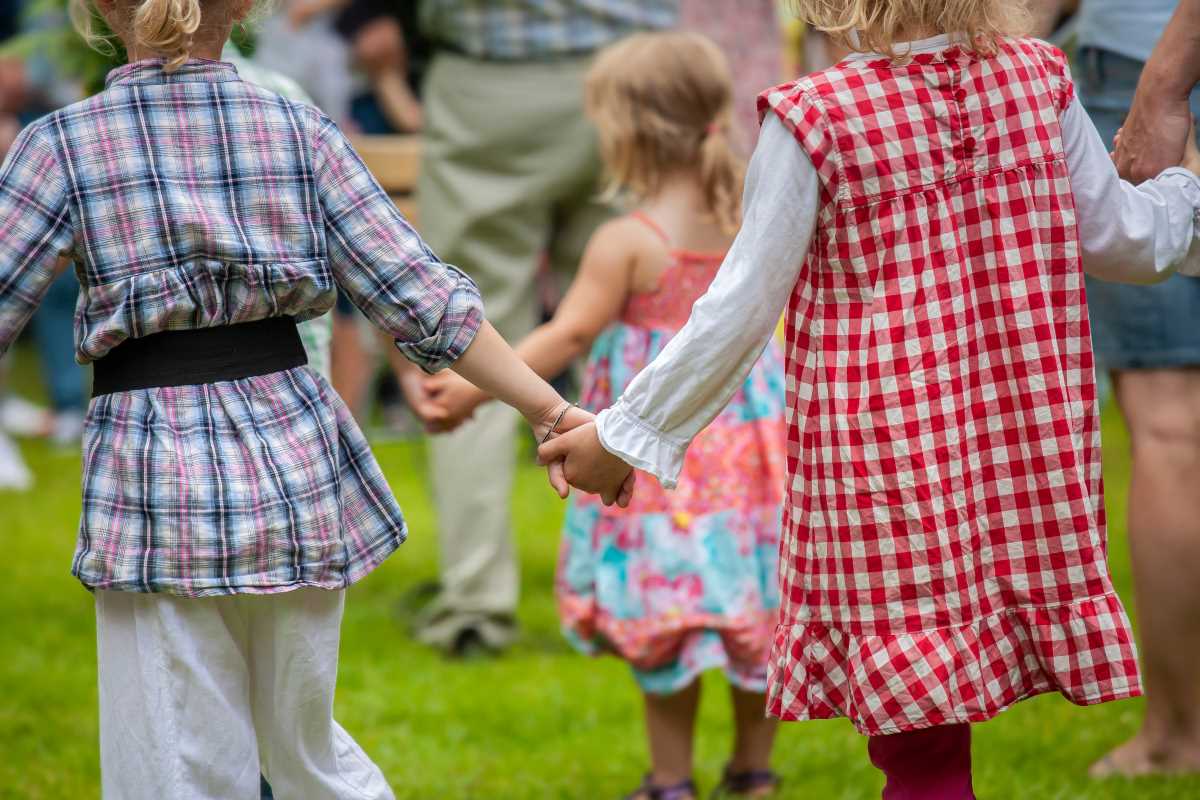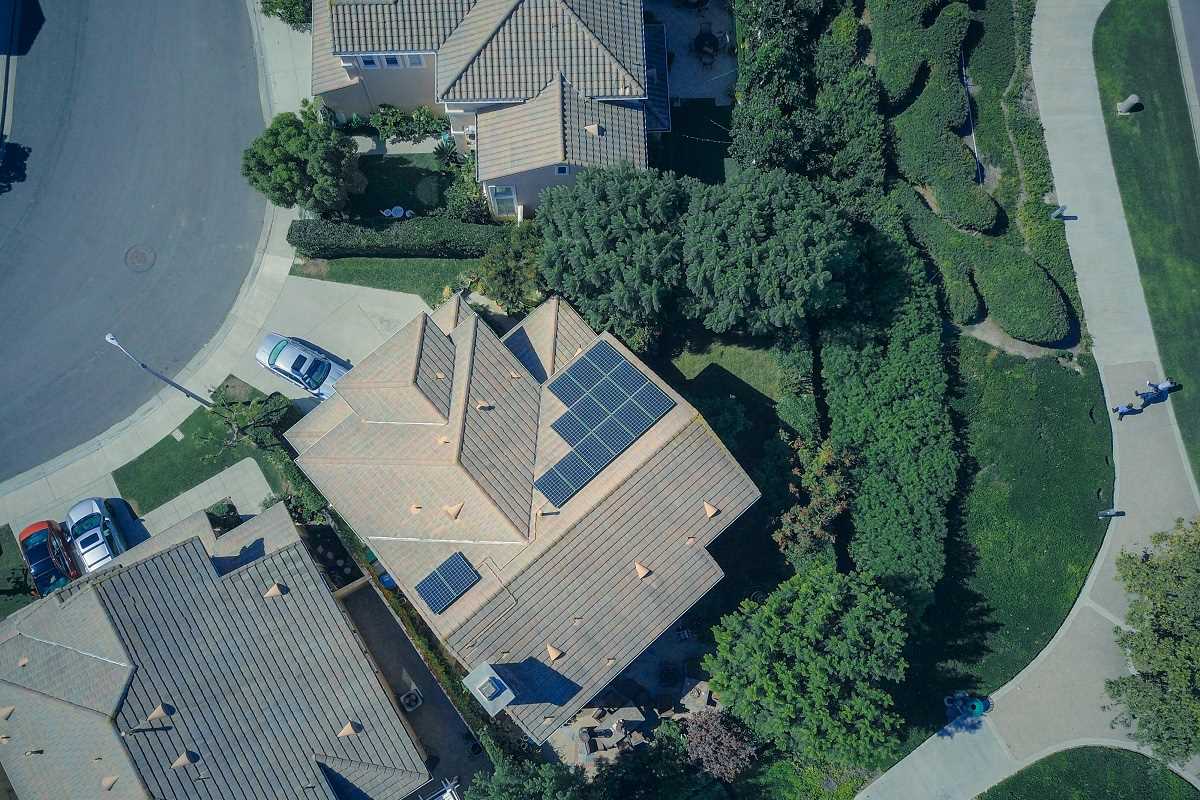Building a successful community-focused activity starts with setting clear goals and demonstrating sincere enthusiasm for the group’s shared purpose. Every participant deserves to feel welcome and encouraged to contribute their ideas. Define what you hope to accomplish, whether you aim to organize a neighborhood cleanup event or facilitate a local policy discussion. By clarifying these intentions from the outset, you create a sense of purpose that motivates people to get involved. When everyone understands their role and the impact of their efforts, they feel more connected and eager to invest their time and energy in meaningful community projects.
People feel involved when they see that their contribution makes a difference. As an organizer, you design both the path and the environment. Your enthusiasm builds momentum, and your careful planning keeps it going. Encourage curiosity, celebrate small victories, and recognize the new connections that form when people work toward common goals.
Understanding New Views on Collective Action
Community action flourishes when you look beyond simple lists of benefits to find unexpected advantages. Notice how a planting day in an urban park can lead to mentoring relationships or how a budget review session can spark a lifelong interest in civic issues among young participants. By emphasizing these ripple effects, you frame your efforts as experiences rather than just tasks.
Organize brainstorming sessions around stories instead of data. Ask participants to share small wins they’ve seen in daily interactions. These stories reveal what motivates people, what fears they hold, and what resources are waiting to be used. This approach shows how a single meetup can change individual mindsets and bring together people from diverse backgrounds.
Practical Strategies for Planning and Outreach
- Stakeholder Mapping
- Steps:
- List every organization or individual involved in your project.
- Rank connections by influence and interest.
- Craft tailored outreach messages for each group.
- Cost: Use free spreadsheet tools to keep costs low and make the process accessible.
- Insider Tip: Map out less obvious allies, such as librarians and youth sports coaches, to expand your reach naturally.
- Steps:
- Interactive Information Sessions
- Steps:
- Pick a relatable scenario participants might face.
- Break into small teams to brainstorm solutions.
- Come back together to share ideas and refine them collectively.
- Cost: Community center booking fees usually stay under $50 per hour.
- Insider Tip: Use simple props or role-playing to keep energy high and ideas flowing.
- Steps:
- Targeted Digital Outreach
- Steps:
- Choose three local platforms where residents are most active.
- Write an initial announcement with clear calls to action.
- Monitor responses, reply within 24 hours, and share behind-the-scenes updates.
- Cost: Free or under $50 per post for ads.
- Insider Tip: Pin a welcome post and rotate a daily question to keep the conversation going.
- Steps:
- Pop-Up Collaboration Stations
- Steps:
- Secure a table or portable stand.
- Prepare simple prompts on sticky notes.
- Invite visitors to write ideas, drop them in a jar, and chat briefly about their thoughts.
- Cost: Budget around $30 for printed flyers and sticky notes.
- Insider Tip: Offer a small token—like a seed packet—to encourage conversation and follow-up.
- Steps:
- Community Ambassador Program
- Steps:
- Define ambassador roles and responsibilities.
- Host a kickoff meeting with clear guidelines.
- Offer ongoing check-ins and resource packs.
- Cost: Keep costs low by using donated space and digital toolkits.
- Insider Tip: Thank ambassadors with personalized notes and recognize their efforts at public events to keep morale high.
- Steps:
- Story-Driven Newsletters
- Steps:
- Interview a volunteer or attendee about a recent success.
- Highlight an upcoming event with an emotional appeal.
- Include a clear RSVP link and an inspiring closing message.
- Cost: Use basic email services for free to keep costs minimal.
- Insider Tip: Add a “behind the scenes” photo to make emails more authentic and increase open rates.
- Steps:
Building Momentum Through Inclusive Partnerships
Collaboration grows stronger when you bring in unexpected partners for conversations. Offer to co-host a workshop at a faith group, youth center, or local gallery to reach audiences who might not attend daytime meetings. Follow these steps for outreach:
- Check neighborhood calendars and organizers to find events that attract diverse groups.
- Reach out with a brief partnership proposal that highlights mutual benefits and shared resources.
- Plan a co-branded activity that matches both organizations’ values, making sure materials show equal representation.
Repeat this process every quarter to keep new faces involved.
Using Tools to Facilitate Effectively
Select facilitation tools that stimulate creativity and help keep sessions organized. Provide each small group with a portable whiteboard or digital sticky-note app to visualize ideas. Use index cards labeled “challenge,” “solution,” and “next step” to guide discussions. Change facilitators every 15 minutes to bring fresh perspectives. These supplies cost around $50 per session but increase engagement significantly.
Set up an online platform where participants can continue discussions after in-person meetings.
Evaluating Impact and Keeping Engagement Alive
Gathering data doesn’t have to feel intimidating. Ask participants to complete a simple three-question reflection card at the end of each event. Questions can include one insight they gained, one action they plan to take, and one resource they wish they had. Collect responses in a shared document to identify common themes without overwhelming detail.
Maintain interest by sharing a quarterly “community highlights” update. Include snippets from reflection cards, photos of recent activities, and feature an outstanding volunteer. Encourage recipients to forward the update to friends, helping to grow your network naturally and reminding everyone of their role in ongoing efforts.
Moving Forward
When you introduce new viewpoints, plan interactively, and follow through thoughtfully, community leadership becomes a dynamic process. Celebrate each milestone and keep inviting new voices to join the effort.
Small moments of connection create lasting change. Try new approaches and stay curious to grow your involvement with your community.




.jpeg)


